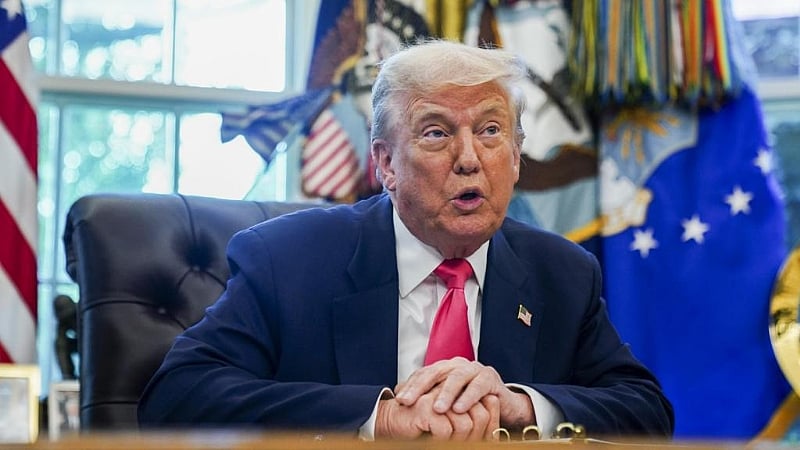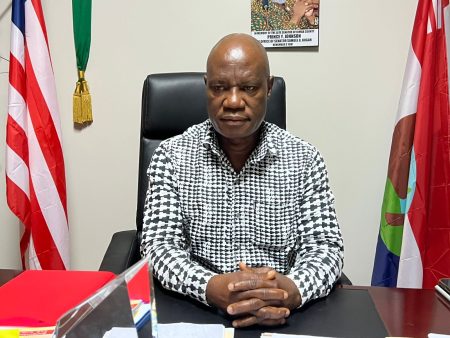The landscape of skilled worker immigration to the United States has undergone a dramatic shift with the implementation of a new executive order by President Donald Trump. This order introduces a substantial increase in fees for the H-1B visa program, a cornerstone for international professionals seeking employment in the US. Effective September 21, 2024, companies sponsoring H-1B visa applicants will be required to pay an annual fee of $100,000, a staggering leap from the previous fees of around $1,500. This fee applies to both new applications and renewals, accumulating to a potential cost of $600,000 for the typical six-year visa duration. This significant financial hurdle casts a long shadow over the future of the H-1B program and its accessibility for both employers and prospective employees.
The ramifications of this policy change are multifaceted and far-reaching. For smaller companies and startups, the $100,000 annual fee presents a formidable barrier to entry. These entities, often reliant on international talent to fill specialized roles and fuel innovation, may find themselves priced out of the H-1B market. This could stifle growth and innovation within these sectors and potentially redirect talent to countries with more welcoming immigration policies. Larger corporations, while better equipped to absorb the increased costs, may also re-evaluate their reliance on the H-1B program, leading to a potential decrease in overall applications.
Furthermore, the new fee structure is likely to disproportionately impact skilled workers from developing countries such as India, Ghana, and Nigeria. These nations have historically been significant contributors to the H-1B applicant pool, particularly in the technology and healthcare sectors. The substantial financial burden imposed by the new fee structure may make the H-1B visa unattainable for many talented individuals from these countries, effectively limiting their access to opportunities in the US job market. This could result in a “brain drain” from these nations, as skilled professionals seek opportunities elsewhere.
Beyond the economic implications, the new H-1B fee policy raises concerns about access and fairness. Critics argue that it creates a pay-to-play system, favoring those with greater financial resources. This effectively transforms the H-1B visa from a merit-based program into one heavily influenced by financial capacity, potentially excluding highly skilled individuals who lack the necessary financial backing. This shift in focus could have long-term consequences for the diversity and competitiveness of the US workforce.
In stark contrast to the increased costs of the H-1B program, President Trump also announced the creation of a “gold card” visa program. This initiative offers expedited entry to the US for individuals willing to invest substantial sums, with fees starting at £1 million. This juxtaposition underscores the administration’s apparent prioritization of wealth over skill in its immigration policies, a stance that has drawn criticism from various quarters. The “gold card” program, while potentially attracting high-net-worth individuals, does little to address the needs of industries seeking skilled workers in specific fields.
The combined impact of the increased H-1B fees and the introduction of the “gold card” visa program paints a complex picture of the evolving US immigration landscape. The administration’s focus on financial contributions raises concerns about the future of merit-based immigration, potentially creating a system that favors wealth over skill and potentially hindering the growth and innovation that have long been fueled by international talent. This shift in policy could have profound and lasting consequences for the US economy, its workforce, and its global standing as a destination for skilled professionals. The decline in H-1B applications, already evident in recent years, is expected to accelerate under these new regulations, further restricting the flow of talent into critical sectors of the US economy. The long-term implications of these changes remain to be seen, but they signal a potentially significant shift in the way the US attracts and retains global talent.














